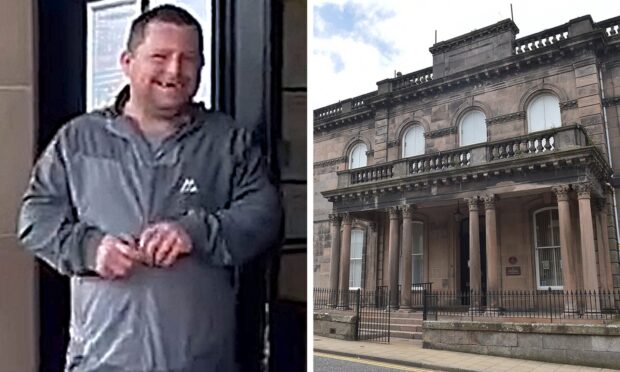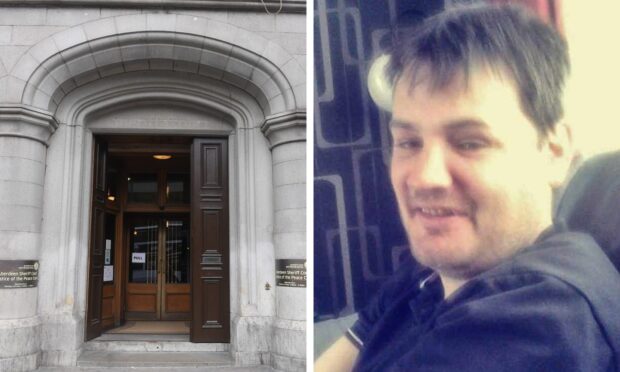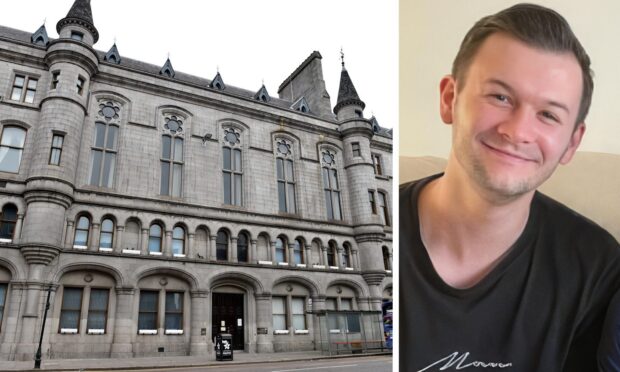A business whose alleged negligence led to the closure of a mountainside railway has failed to stop a multi-million pound lawsuit against it from proceeding.
Lawyers for Galliford Try Infrastructure Ltd wanted judge Lord Sandison to halt a legal action brought against it by Highlands and Islands Enterprise.
The economic development agency have gone to the Court of Session in Edinburgh in a bid to recover more than £11.5 million from the company.
The action relates to the 1.8-mile long Cairngorm funicular railway which was taken out of service in October 2018.
The infrastructure began operating in 2001 but was stopped after inspections carried out on the infrastructure from 2015 revealed serious structural issues.
‘Breach of contract’
Lawyers for Highlands and Islands Enterprise say the safety defects are the result of a “breach of contract” on the part of the defenders to build a railway which was safe and could work.
The legal team believes that the railway was “fundamentally” defective and that Highlands and Islands Enterprise will have to spend large amounts of money to repair the faults.
Earlier this year, lawyers for Galliford Try told Lord Sandison that the action shouldn’t proceed.
They argued that the law in civil cases states that companies should bring legal action within five years of infrastructure projects becoming operational.
They told Lord Sandison that Highlands and Islands Enterprise should have gone to court before the end of 2006.
Lawyers for Highland and Island Enterprise argued that their lawsuit should be allowed to continue as it didn’t become aware of problems with the railway until 2015.
They argue that laws surrounding time limits allows it to pursue the action.
In a written judgement published by the court on Friday, Lord Sandison rejected the bid to throw out the action.
He said the matter should proceed to a full hearing at the court later this year and a judge should rule at that whether the economic development agency should have gone to court sooner.
He wrote: “The pursuer’s averments are sufficient – in some respects, barely so – to entitle it to proceed to a proof before answer with the first defender’s prescription plea standing.
“The action will proceed to the proof before answer already scheduled with the first defender’s prescription plea standing.”
The closure sparked chaos for the Cairngorm Mountain ski resort, which was forced to impose a cap of only 1,000 visitors a day in winter 2019.
Highlands and Islands Enterprise say it had “serious concerns” over the failure of key parts of its infrastructure after less than 17 years of operation.
Project cost £26.75 million
The contract for the railway was originally handed to Morrison Construction – which is now part of Galliford Try.
The economic development agency awarded the contracts to Morrison for the design and construction of the railway, which cost around £26.75 million and opened in 2001.
In October 2020, Highlands and Islands Enterprise announced the line was to be repaired as part of a £20 million project.
Highlands and Islands Enterprise are also suing a firm called A F Cruden Associates Ltd.
The company, which is now in liquidation, was appointed to act as the project and civil engineer in the construction.
Lawyers for Highland and Islands Enterprise claims that Galliford Try was also obliged by its contract to “co-ordinate, supervise and administer the design work of” A F Cruden.
The case is expected to be heard later this year in the Court of Session.












Conversation